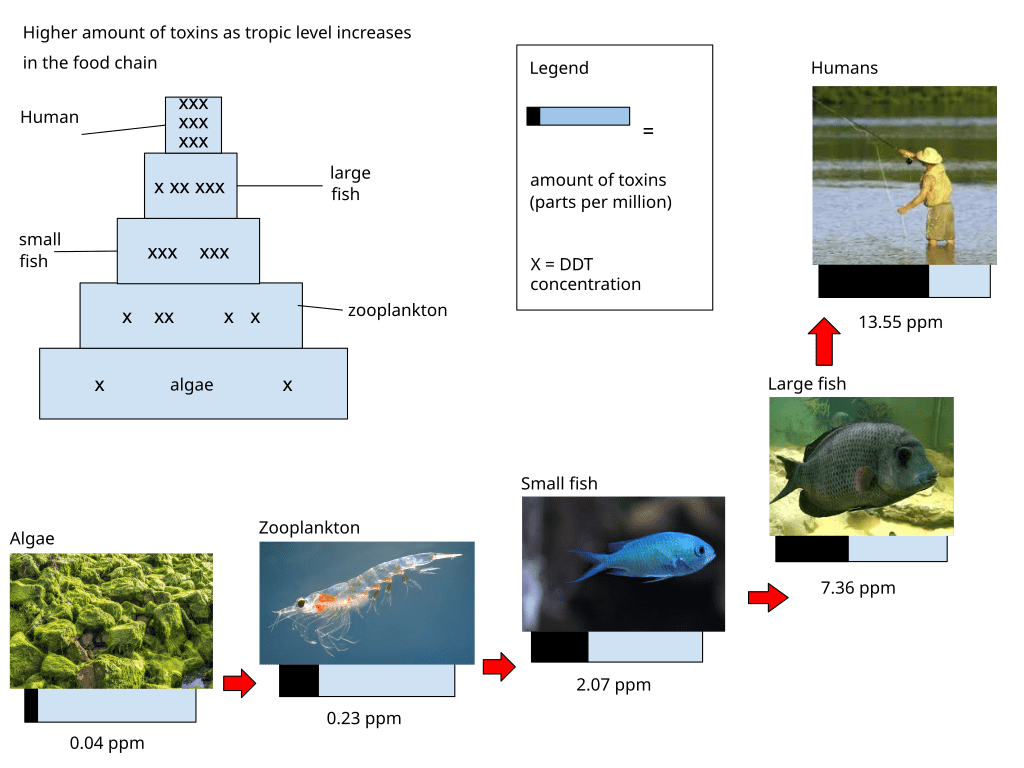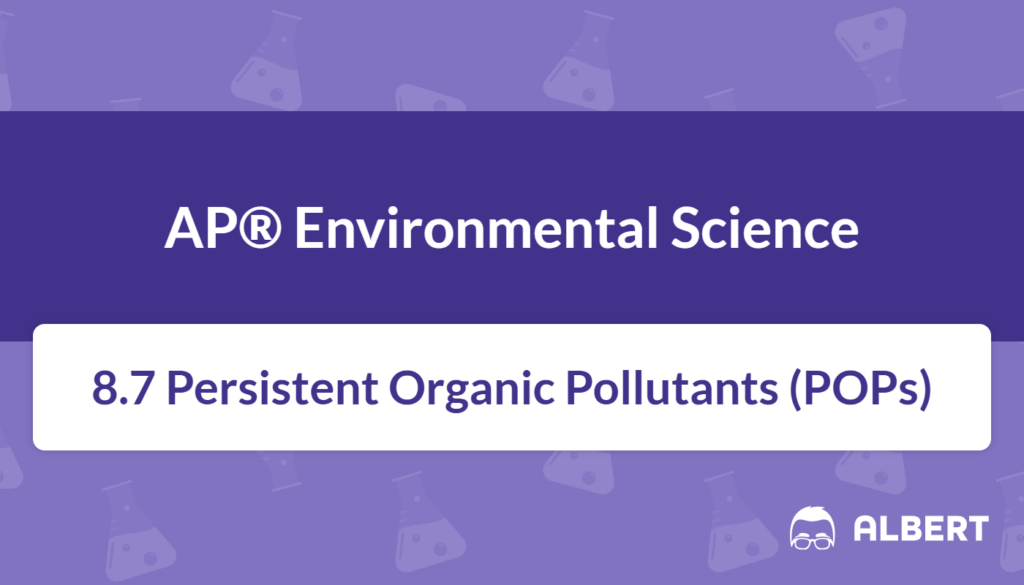What We Review
Introduction
Persistent organic pollutants (POPs) are chemical compounds that remain in the environment for a long time, posing a significant threat to ecosystems and human health. These pollutants resist natural breakdown processes, which allows them to circulate globally and potentially end up where they were never intended to be. Understanding POPs is crucial for examining how human activities influence the environment and for developing strategies to prevent ongoing and future harm.
Therefore, this topic covers the sources, characteristics, and pathways of POPs. Moreover, it emphasizes why these pollutants are dangerous for living organisms and how their accumulation creates a ripple effect in food webs. Studying POPs also provides context for important international agreements and regulations. The following sections break down the basics of these persistent chemicals, exploring their definition and the reasons they are a global concern.
What Are Persistent Organic Pollutants (POPs)?
Persistent organic pollutants describe synthetic, carbon-based molecules with unique features that make them notably resistant to degradation. They are often manufactured chemicals—like the pesticide DDT or polychlorinated biphenyls (PCBs)—designed for specific purposes such as pest control or use in industrial processes. However, they were later found to have dangerous properties.
POPs possess the following main characteristics:
- They are very stable and do not easily break down.
- They are carbon-based organic molecules, making them capable of persisting in various environments.
- They are soluble in fat, which means organisms can store them in fatty tissues for long periods.
Although POPs can be beneficial when applied appropriately, they often become long-term hazards because they spread far beyond their original points of use. Indeed, some were marketed as effective pesticides or industrial fluids, yet their unintended global distribution has had serious environmental consequences.
Why Are POPs a Concern?
POPs are worrisome due to their high toxicity, persistence, and tendency to concentrate in living organisms. For instance, small amounts of these chemicals can have significant effects over time, especially when they accumulate within food chains. Because POPs break down slowly, organisms are consistently exposed to them through contaminated soil, air, and water.
Furthermore, POPs can bioaccumulate and biomagnify:
- Bioaccumulation refers to the gradual buildup of substances within a single organism.
- Biomagnification occurs when these substances increase in concentration at each higher level of a food chain.
Bioaccumulation and Biomagnification Example
Bioaccumulation and biomagnification can be illustrated with a simple, step-by-step food chain:
- Phytoplankton absorb a small concentration of POPs from contaminated water.
- Small fish eat large amounts of phytoplankton, causing the POPs to accumulate in their tissues.
- Larger fish consume many smaller fish, which further increases the POP concentration in their bodies.
- Top predators—such as eagles or humans—feed on larger fish. Therefore, they end up with the highest concentration of POPs in their tissues.

These two processes show how even a tiny concentration of POPs in water can amplify into a critical threat for organisms at the top of the food chain. Consequently, apex predators are often the most vulnerable to POP-related harm.
How Do POPs Travel?
POPs often originate in certain regions, but they can move across the globe via wind and water. Taken together, these environmental highways allow the chemicals to reach distant ecosystems where they were never used. As a result, scientists have discovered POPs in polar areas, desert landscapes, and vast oceans.
Indeed, a helpful analogy for how POPs travel is to imagine a global game of telephone. First, a message (or pollutant) starts in one place. Next, it is carried by wind or water currents to another region. Then, it remains in that new environment, harming wildlife and possibly moving on again. Eventually, the pollutants can resurface in remote areas like the Arctic or Antarctic, affecting organisms that have no direct interaction with the original sources of contamination.
Health Impacts on Humans
Human health is at risk when POPs accumulate in tissues through the food chain or direct exposure. Because these compounds are fat-soluble, they linger in bodily tissues for extended periods. Thus, repeated small exposures turn into larger burdens on the body over time.
Potential health risks include:
- Disruption of the endocrine system, affecting hormones and growth.
- Increased cancer risk linked to the toxicity of specific compounds (like certain PCBs).
- Negative effects on the reproductive system and neurological development in children.
In many instances, people are exposed to low concentration levels. However, ongoing consumption of contaminated fish, dairy products, or meat can increase overall intake. Governments and international agencies track these pollutants to protect public health and reduce further contamination.
Strategies for Managing and Reducing POPs
Local, national, and global strategies have been developed to manage and reduce the presence of POPs in the environment. These strategies often include a combination of regulations, advanced waste management, and public education.
International Treaties and Agreements
The Stockholm Convention, introduced in 2001, stands out as a landmark treaty targeting the reduction and eventual elimination of certain POPs. This agreement encourages countries to ban or restrict various chemicals on the list, which initially included substances like DDT and PCBs. Over time, new chemicals have been added, ensuring a comprehensive global approach.
Recycling and Waste Management Practices
In addition to international accords, improved waste handling has curbed the spread of POPs in several regions. Appropriate recycling processes for electronic components (e.g., transformers containing PCBs) ensure safe disposal. Furthermore, policies that restrict the improper dumping of chemicals lead to fewer opportunities for pollutants to leach into soil and water.
Public Awareness and Education
Raising awareness about the risks of POPs is another effective measure. Educational campaigns often teach communities about avoiding illegal pesticides and understanding how dietary choices may impact toxin absorption. Therefore, widespread education can help decrease reliance on certain hazardous chemicals and support more environmentally responsible behaviors.
Conclusion
Persistent organic pollutants illustrate how chemical substances can persist in the environment, traveling across continents and affecting organisms and people in unpredictable ways. Their fat-soluble nature contributes to bioaccumulation and biomagnification, highlighting the intertwined relationships within food webs. POPs demonstrate the power of long-lasting human-made pollutants and the importance of global cooperation to manage their harmful effects.
Overall, examining POPs reveals the value of informed decision-making at every level, from small-scale consumer choices to international legislation. Monitoring and regulating POPs through global treaties and responsible waste management are necessary steps to protect ecosystems and human health. By staying aware of these pollutants, communities worldwide can reduce the risks they pose and safeguard environmental stability for future generations.
Key Vocabulary
- Persistent Organic Pollutants (POPs): Synthetic chemical compounds that break down very slowly and can travel globally through wind and water.
- Bioaccumulation: The process in which a substance, such as a pollutant, builds up within the tissues of a single organism over time.
- Biomagnification: The increase in the concentration of pollutants at each higher level of a food chain, often affecting top predators.
- Toxicity: The degree to which a substance can harm living organisms, frequently based on exposure level and duration.
- Fat Soluble: A property describing how certain chemicals dissolve more easily in fatty tissues and can remain in organisms for prolonged periods.
Sharpen Your Skills for AP® Environmental Science
Are you preparing for the AP® Environmental Science test? We’ve got you covered! Try our review articles designed to help you confidently tackle real-world AP® Environmental Science problems. You’ll find everything you need to succeed, from quick tips to detailed strategies. Start exploring now!
- AP® Environmental Science: 8.4 Review
- AP® Environmental Science: 8.5 Review
- AP® Environmental Science: 8.6 Review
Need help preparing for your AP® Environmental Science exam?
Albert has hundreds of AP® Environmental Science practice questions, free response, and full-length practice tests to try out.








